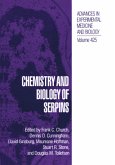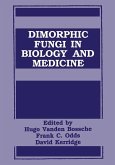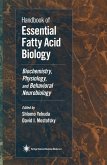Introduction: Serpins: From the Way It Was to the Way It Is; J. Travis. Serpins: A Mechanistic Class of Their Own; S.R. Stone, et al. Coagulation: Antithrombin-A Bloody Important Serpin; I. Björk, S.T. Olson. Heparin Cofactor II; D.M. Tollefsen. Neurobiology and Cancer: Regulation of Neurons and Astrocytes by Thrombin and Protease Nexin-l: Relationship to Brain Injury; D.D. Cunningham, F.M. Donovan. Maspin: A Tumor Suppressing Serpin; R. Sager, et al.. Fibrinolysis: The Role of Reactive-Center Loop Mobility in the Serpin Inhibitory Mechanism; D.A. Lawrence. Substrate Specificity of Tissue Type Plasminogen Activator; E.L. Madison. Development and Reproduction: Biology of Progesterone-Induced Uterine Serpins; P.J. Hansen, W.-J. Liu. Serpins from an Insect, Manduca sexta; M.R. Kanost, H. Jiang. Inflammation: Serpins and Programmed Cell Death; G.S. Salvesen. Noninhibitor Serpins: Structure-Function Studies on PEDF: A Noninhibitory Serpin with Neurotropic Activity; S.P. Becerra. Abstracts: Coagulation, Neurobiology and Cancer. Fibrinolysis, Development and Reproduction. Inflammation and Noninhibitor Serpins. 10 Additional Articles. Index.
`The editors have succeeded in producing a volume of work which provides many answers to questions, asked and unasked, about a critically important field of biologic research. It should be in the library of any scientist with an interest in human physiology; it would be useful to many other researchers as well.' Chemtracts - Biochemistry and Molecular Biology, 12:10 (1999)








